Growing Air Travel Demand
The Airport Baggage Screening Systems Market is significantly influenced by the growing demand for air travel. As more individuals opt for air transportation, the volume of baggage requiring screening is increasing correspondingly. This surge in air travel is prompting airports to enhance their baggage handling and screening capabilities. Market analysis suggests that the number of air passengers is projected to exceed 4 billion annually by 2027, which will inevitably lead to a higher demand for efficient baggage screening systems. Airports are thus investing in advanced technologies to manage this influx, ensuring that they can maintain high levels of security without compromising on efficiency.
Regulatory Compliance and Standards
Regulatory compliance plays a pivotal role in shaping the Airport Baggage Screening Systems Market. Governments and international organizations are continuously updating security standards to address emerging threats. Airports are required to adhere to these regulations, which often necessitates the adoption of new screening technologies. The market is responding to this need, with investments in systems that meet or exceed regulatory requirements. As a result, the market is expected to witness a steady growth trajectory, with projections indicating an increase in spending on compliance-related technologies. This focus on regulatory adherence is likely to drive innovation and enhance the overall effectiveness of baggage screening systems.
Rising Demand for Enhanced Security
In the context of the Airport Baggage Screening Systems Market, the rising demand for enhanced security measures is a critical driver. With the increasing frequency of security threats, airports are compelled to invest in more robust screening technologies. Regulatory bodies are also imposing stricter security protocols, necessitating the upgrade of existing systems. This trend is reflected in the market data, which indicates that the investment in baggage screening systems is expected to reach approximately USD 3 billion by 2026. Consequently, the focus on security is likely to propel the growth of the market as airports seek to ensure passenger safety and compliance with international standards.
Increased Focus on Passenger Experience
The Airport Baggage Screening Systems Market is also being driven by an increased focus on enhancing passenger experience. Airports are recognizing that efficient baggage screening processes can significantly impact overall customer satisfaction. As a result, there is a growing trend towards implementing systems that not only improve security but also expedite the screening process. Innovations such as self-service kiosks and automated screening lanes are being adopted to reduce wait times and streamline operations. Market data suggests that airports investing in passenger-centric technologies are likely to see a rise in customer satisfaction ratings, which in turn can lead to increased passenger traffic and revenue.
Technological Advancements in Screening Systems
The Airport Baggage Screening Systems Market is experiencing a notable transformation due to rapid technological advancements. Innovations such as automated screening lanes and advanced imaging technologies are enhancing the efficiency and accuracy of baggage screening processes. For instance, the integration of artificial intelligence and machine learning algorithms is enabling systems to detect potential threats more effectively. As a result, airports are increasingly adopting these advanced systems to streamline operations and improve passenger experience. The market is projected to grow significantly, with estimates suggesting a compound annual growth rate of over 7% in the coming years, driven by the demand for more sophisticated screening solutions.
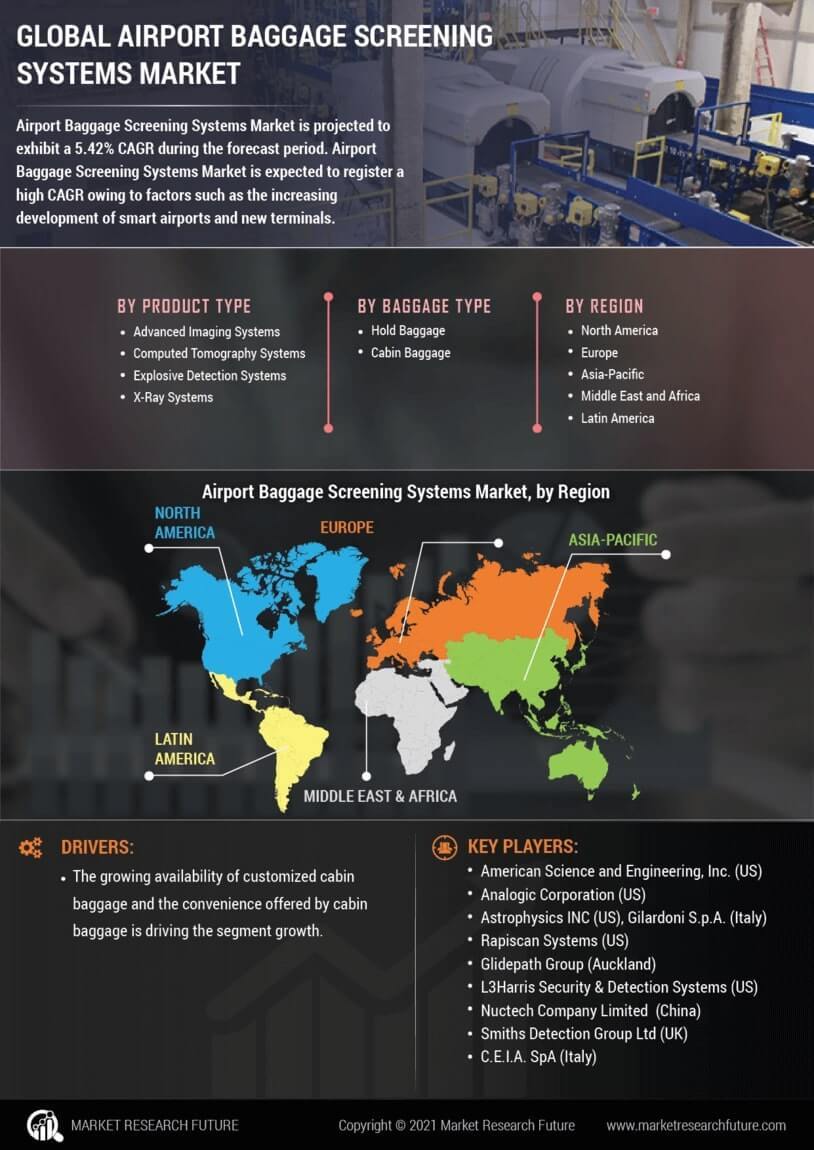

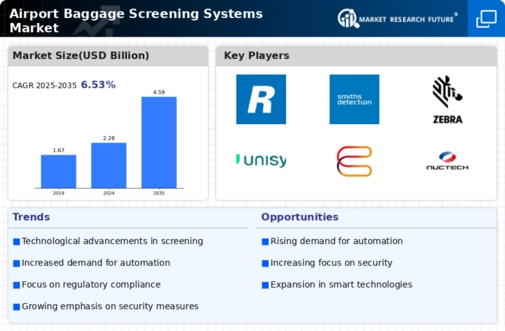

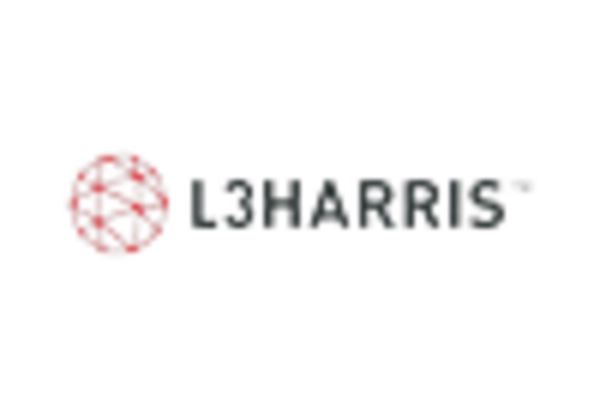
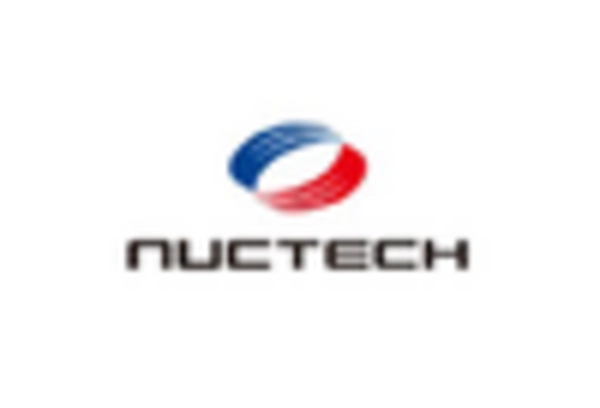
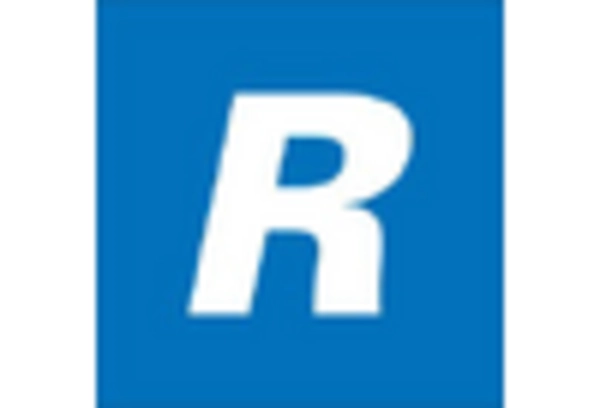


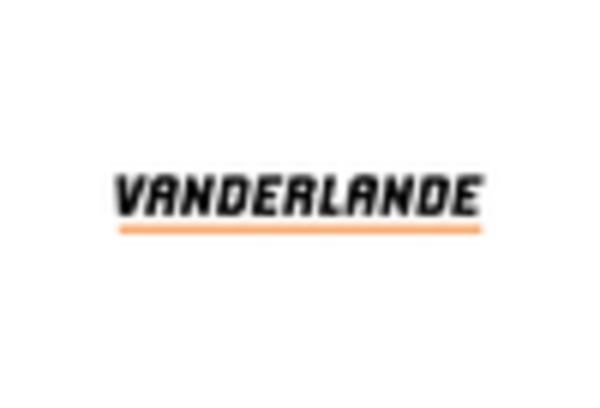








Leave a Comment